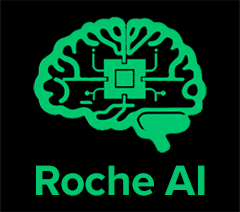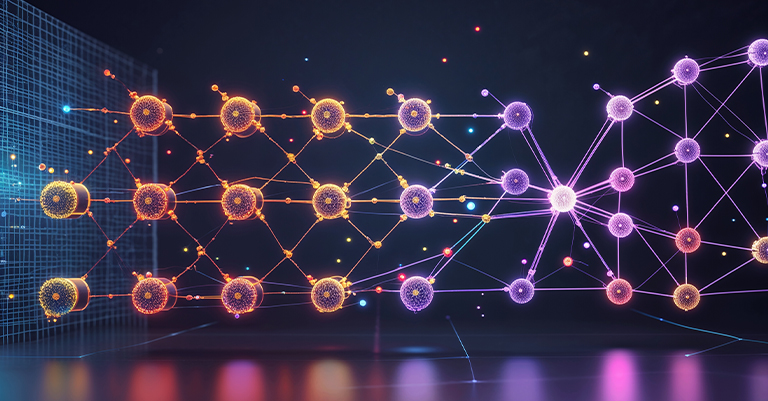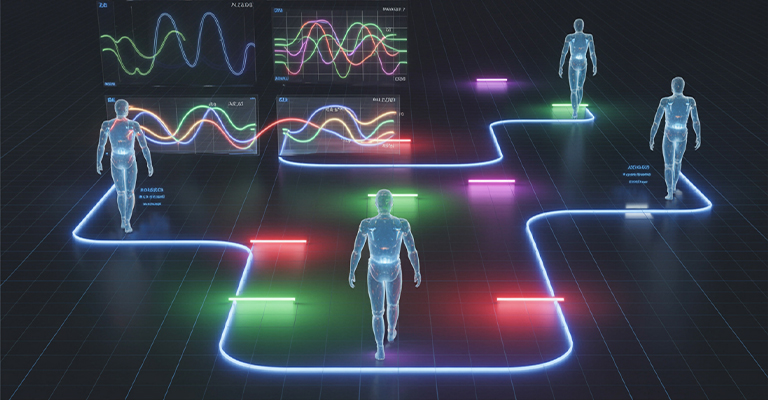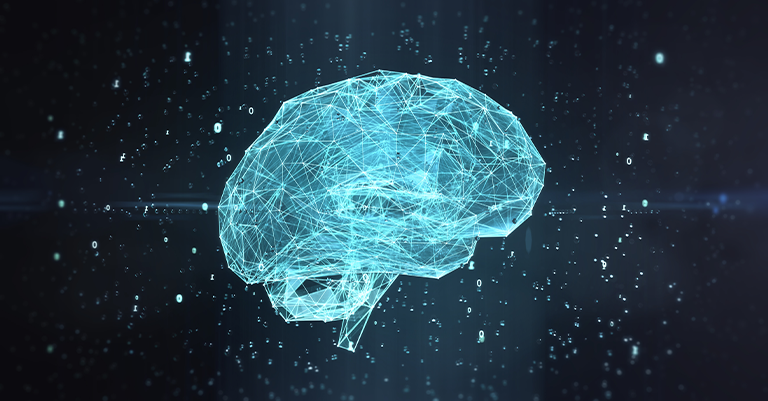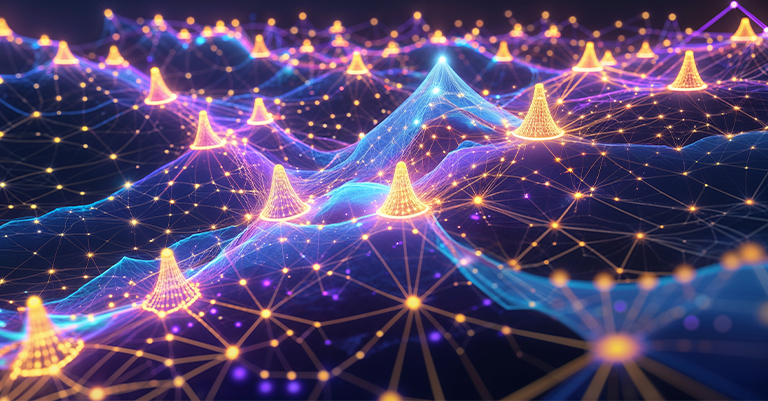Understanding the Power of Neural Networks
Neural networks are the backbone of today’s AI systems. They are based on how our brains work. Just like your brain has cells that talk to each other, neural networks have digital “neurons” that pass signals back and forth.
Think of neural networks as the engine in a car. You see the car moving, but the engine makes it happen. When AI does fantastic things, neural networks make it possible.
These networks help computers “see” photos, understand speech, and even drive cars. They take in vast amounts of data and find patterns that help them make wise choices.
In this guide, we’ll break down how neural networks work in simple terms. We’ll look at different types, see real-world uses, and peek at what’s coming next. By the end, you’ll grasp not just what they do, but how they do it.
How Neural Networks Work
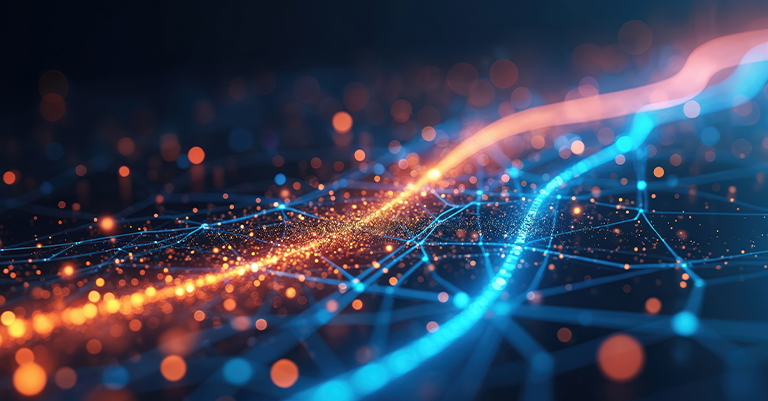
To understand neural networks, we need to look at their basic structure and how they learn. Think of a neural network as a team where each member has a specific job. Together, they solve problems that would be too hard for any single member. The beauty of neural networks is that they improve with practice, much like humans do when learning a new skill.
The Basic Parts: Neurons and Layers
Neural networks are made up of digital neurons in layers. Each one gets input, processes it, and sends it to the next neuron.
Every neural network has three main parts:
- Input layer: Takes in the raw data (like pixels from a photo)
- Hidden layers: Does the processing in steps
- Output layer: Gives the final answer (like naming what’s in a photo)
The magic happens in how the neurons connect. Each link has a weight that makes signals stronger or weaker. Think of weights like volume knobs that control how much one neuron affects another.
Learning Process
Neural networks learn by practice. The process works like teaching a child:
- You show it examples (a cat picture)
- It makes a guess (“Is that a dog?”)
- You point out when it’s wrong (“No, that’s a cat”)
- It tweaks its settings
- After many examples, it learns to spot cats
This method is called backpropagation. The network learns from mistakes by changing its weights. What makes this powerful is that networks can find patterns too complex for humans to program by hand.
Types of Neural Networks
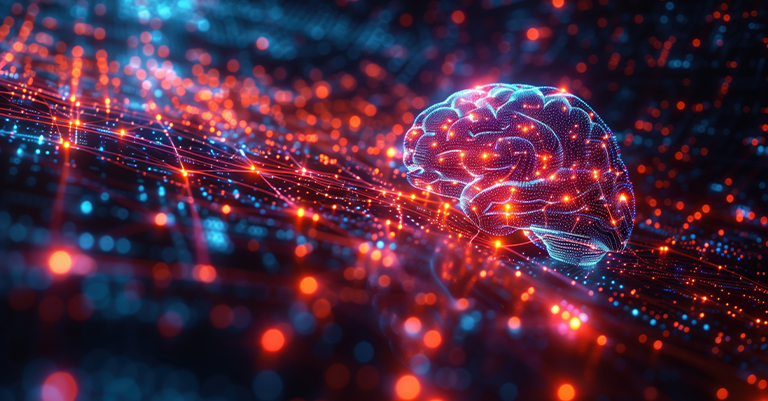
Neural networks come in many shapes and sizes, each designed for specific tasks. Just as you wouldn’t use a hammer to cut wood, different network types excel at different jobs. The AI world has developed many specialized networks to solve various problems. Let’s explore the main types in depth and then briefly touch on some other important variants.
Feedforward Neural Networks (FNNs)
Feedforward networks are the simplest and most basic type of neural network. In these networks, data travels in one direction only – from input to output, with no loops or cycles.
FNNs consist of:
- An input layer that receives data
- One or more hidden layers that process the data
- An output layer that provides the result
Each neuron in one layer connects to every neuron in the next layer, which is why they’re also called “fully connected” networks. The strength of each connection is determined by weights that the network adjusts during training.
FNNs excel at:
- Classification problems (like spam detection)
- Regression tasks (predicting house prices)
- Pattern recognition (identifying handwritten digits)
While they lack memory of previous inputs, their simplicity makes them easy to understand and implement. They form the foundation for understanding more complex networks.
Recurrent Neural Networks (RNNs)
RNNs bring an essential quality to neural networks: memory. Unlike FNNs, RNNs have connections that form loops, allowing information to persist across time steps.
Think of RNNs like reading a book – each word makes sense because you remember the words that came before it. This memory makes RNNs ideal for:
- Text generation and prediction
- Machine translation
- Speech recognition
- Time series forecasting
However, basic RNNs struggle with “long-term dependencies,” or remembering information from many steps back. This led to improved variants:
- LSTM (Long Short-Term Memory) networks use special memory cells with gates that control what to remember or forget. They excel at capturing long-range dependencies.
- GRU (Gated Recurrent Unit) networks offer a simpler alternative to LSTMs with fewer gates but similar performance.
These improved RNNs power many of today’s language models and speech recognition systems.
Convolutional Neural Networks (CNNs)
CNNs revolutionized image processing and are now the backbone of computer vision. They mimic how our visual cortex works by scanning patterns across an image.
The key components that make CNNs special are:
- Convolutional layers that scan small regions of input using filters to detect features
- Pooling layers that reduce dimensions while keeping important information
- Fully connected layers that combine these features for final decisions
CNNs work by detecting features hierarchically:
- First, they identify simple edges and textures
- Then, they recognize shapes and parts
- Finally, they combine these to identify complex objects
This structure makes CNNs extremely effective for:
- Image classification
- Object detection
- Facial recognition
- Medical image analysis
- Video understanding
CNN variants like ResNet, Inception, and EfficientNet have pushed the boundaries of what’s possible in computer vision.
Generative Adversarial Networks (GANs)
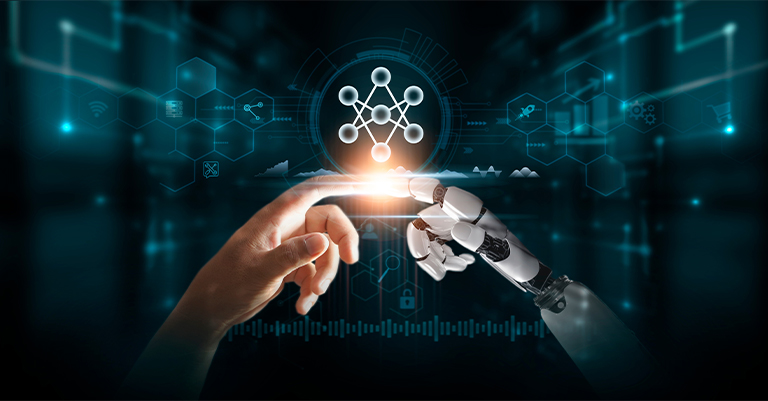
GANs represent one of the most exciting innovations in neural networks. They consist of two networks locked in a game:
- A generator network that creates new content (like images)
- A discriminator network that tries to tell if the content is real or fake
As they train, the generator gets better at fooling the discriminator, and the discriminator gets better at spotting fakes. This competition drives both to improve.
GANs have enabled remarkable applications:
- Creating realistic photos of people who don’t exist
- Turning sketches into photorealistic images
- Aging faces or changing expressions in photos
- Generating art in specific styles
- Creating synthetic data for training other AI models
GAN variants like StyleGAN, CycleGAN, and BigGAN have produced increasingly impressive results, blurring the line between real and AI-generated content.
Other Important Neural Network Types
Beyond these major types, several specialized neural networks solve specific problems:
- Radial Basis Function Networks (RBFs): Use distance from a center point for predictions, great for function approximation and classification problems requiring smooth transitions.
- Modular Neural Networks: Combine multiple smaller networks, each handling a subtask. They can tackle complex problems by breaking them into manageable pieces.
- Deep Belief Networks: Stack multiple layers that pre-train one at a time, making them useful for tasks with limited labeled data.
- Self-Organizing Maps: Learn to organize data based on similarity without supervision, excellent for dimensionality reduction and data visualization.
- Transformers: Power modern language AI like GPT and BERT, using attention mechanisms to process sequences efficiently. They excel at understanding context in language.
- Autoencoders: Learn to compress data then reconstruct it, useful for dimensionality reduction, denoising, and feature learning.
- Deconvolutional Networks: Reverse the CNN process to generate images from features, commonly used in image generation and segmentation tasks.
Real-World Applications
Neural networks aren’t just theory – they’re changing how we live and work today. From healthcare to entertainment, these systems solve real problems and create new possibilities. The applications we’ll explore show how neural networks have moved from research labs into our everyday lives.
Neural Networks in Health Care
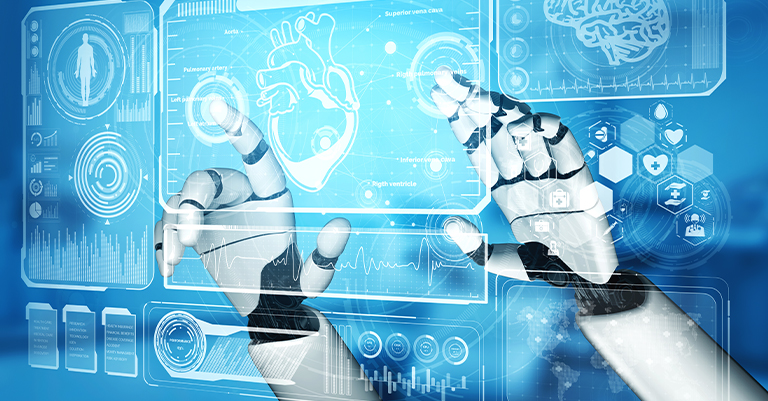
Neural networks are changing how doctors work. They help find and treat illness faster and better than ever.
For example, these networks can:
- Find cancer in scans almost as well as top doctors
- Predict how well patients will do based on health data
- Help create new drugs by looking at chemical patterns
One success story: a neural network can spot eye damage from diabetes with 90% success. This helps doctors treat patients before they lose their sight.
Neural Networks in Shopping
Stores and online shops use neural networks to work smarter. These systems can:
- Guess what you might want to buy next
- Spot fake credit card charges in less than a second
- Keep just the right amount of items in stock
- Suggest movies or products you might like
When Netflix recommends new shows or Amazon highlights certain products, that’s neural networks at work.
Neural Networks in Travel
Self-driving cars rely on neural networks to move safely. These systems:
- Look at camera feeds to see roads, signs, and objects
- Predict what other cars and people might do
- Make quick choices in traffic
- Find the best routes based on traffic
A self-driving car creates tons of data each day. Neural networks sort through it all to make driving choices we take for granted.
Neural Networks in Agriculture
Farming is being transformed by neural networks that help grow more food with fewer resources. These smart systems can:
- Monitor crop health using drone and satellite images
- Predict the best times to plant, water, and harvest
- Detect pests and diseases before they spread
- Control precisely how much water and fertilizer to use in each spot
One impressive example is in precision agriculture, where neural networks analyze images to count individual fruits on trees. This helps farmers predict yields months before harvest with over 90% accuracy. Other systems can identify specific weeds among crops and target only those areas with herbicides, reducing chemical use by up to 90%.
Neural Networks in Climate Science
Climate researchers use neural networks to better understand and address our changing planet. These powerful tools can:
- Find patterns in massive climate datasets too complex for traditional models
- Predict extreme weather events like floods and hurricanes with better accuracy
- Fill in gaps where sensor data is missing in remote regions
- Optimize energy grids to better integrate renewable sources like wind and solar
Neural networks have improved weather forecasting accuracy by up to 30% for certain types of events. They’ve also helped scientists identify previously unknown climate patterns by analyzing hundreds of years of historical data. As climate challenges grow, these systems will play an increasingly vital role in developing solutions and helping communities adapt.
The Future of Neural Networks
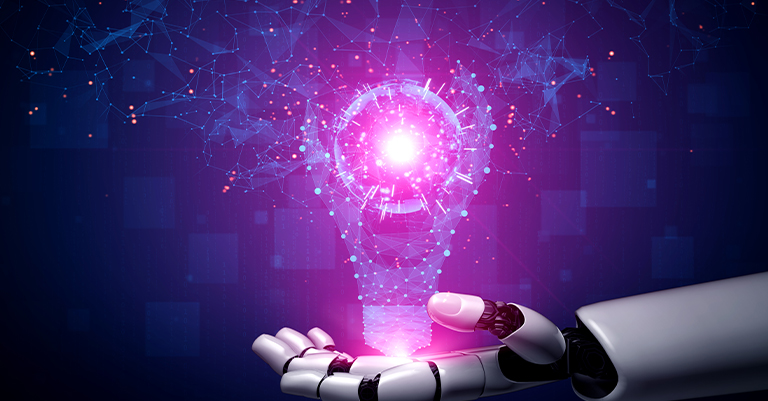
As impressive as today’s neural networks are, we’re still in the early chapters of this technology story. The field is moving at lightning speed, with new breakthroughs happening all the time. Let’s look at what’s on the horizon and the important questions we need to address as these systems become more powerful.
New Trends
Neural networks keep getting better. Some cool new changes include:
- Transfer learning: Networks can use what they learned on one task to help with another
- Quick learning: Systems that can learn from just a few examples
- Self-design: Using AI to design better neural networks without human help
These advances will make neural networks easier to use and more powerful.
Ethical Issues
As neural networks grow more powerful, we need to address their ethical impacts. These systems create several challenges we must handle with care:
Bias in Training Data
Bias in data leads to unfair AI results. Neural networks learn from their training data. If this data has human biases, the AI will show the same problems. Face ID works worse for people with darker skin. Hiring tools might favor certain groups if past hiring did the same. We need more diverse data and better testing to make these systems fair for everyone.
Privacy Concerns
Privacy issues arise when networks use personal details. These systems need lots of data to work well. Health AI looks through medical files. Shopping sites track what you buy and view. Face systems store your facial features. Companies should be open about what data they collect and how they use it. People should control their own information and be able to delete it when needed.
Workforce Disruption
Jobs will change as neural networks take over tasks once done by humans. These systems now sort products, write simple content, and answer customer questions without human help.
New types of work will appear as AI grows, but many people will face career disruptions. We need strong programs to help workers learn new skills when their jobs disappear. Schools must also change to teach abilities that machines cannot easily copy. The main challenge is finding the right balance between using AI for efficiency while keeping meaningful work for humans.
Lack of Transparency
The mystery of AI decisions is a key issue with neural networks. These systems don’t follow simple rules like regular computer programs. Instead, they learn complex patterns that even experts find hard to trace or explain. This creates problems when neural networks make choices that affect people’s lives, like approving loans, suggesting medical care, or helping with legal cases. People have a right to know why an AI system made a specific decision about them. We need better ways to look inside these “black boxes” and translate their work into terms that make sense to humans.
Security Vulnerabilities
Tricking AI systems is a growing concern as neural networks become more common. These networks have weak spots that don’t exist in regular programs. For example, small changes to an image humans can’t even notice can fool a neural network.
This creates risks in areas like self-driving cars, where a changed road sign might cause accidents. It also matters for systems that check ID photos or scan for weapons. Another worry is that neural networks can create fake videos or “deepfakes” that look just like real footage. To keep these systems safe, we need better testing for tricks and attacks before they are applied in the real world.
Human Autonomy and Control
Beyond specific issues, we face important questions about human control. As neural networks handle more complex tasks, where should we draw the line? How do we maintain meaningful human oversight? The answers will shape not just how we use these tools, but how they impact our society and values.
Getting Started with Neural Networks

If your interest is sparked and you want to explore neural networks yourself, you’re in luck. The tools to build and experiment with these systems are more accessible. You don’t need a PhD or supercomputer to get started – just curiosity and basic programming skills.
Tools for Beginners
You don’t need a super-powerful computer to try neural networks. Many free tools exist:
- TensorFlow and PyTorch offer free code to build networks
- Google Colab gives free access to strong computing
- Kaggle has datasets to practice with
- Online classes from many sites teach the basics
Start with simple tasks like sorting photos or guessing prices to build your skills.
Common Problems
When you first work with neural networks, you might face some hurdles:
- Overfitting: Networks that learn training data too well but fail on new examples
- Fading signals: Issues that stop deep networks from learning well
- Power needs: Training can take lots of computing power
Don’t worry! These are normal growing pains, and tools keep getting better to help with them.
Conclusion
Neural networks are powerful tools in modern tech. By copying how our brains work, these systems solve problems that once seemed too hard for computers.
From health care to travel, neural networks are changing how we live and work. As you learn more about AI, remember that knowing these systems gives you a strong base to build on. The ideas might seem tricky at first, but they build on each other – just like the layers in a neural network! Whether you want to use AI in your work, start a career in tech, or just understand the tools shaping our future, neural networks will stay at the heart of it all. The AI wave is moving fast, and neural networks are driving this vast change.

